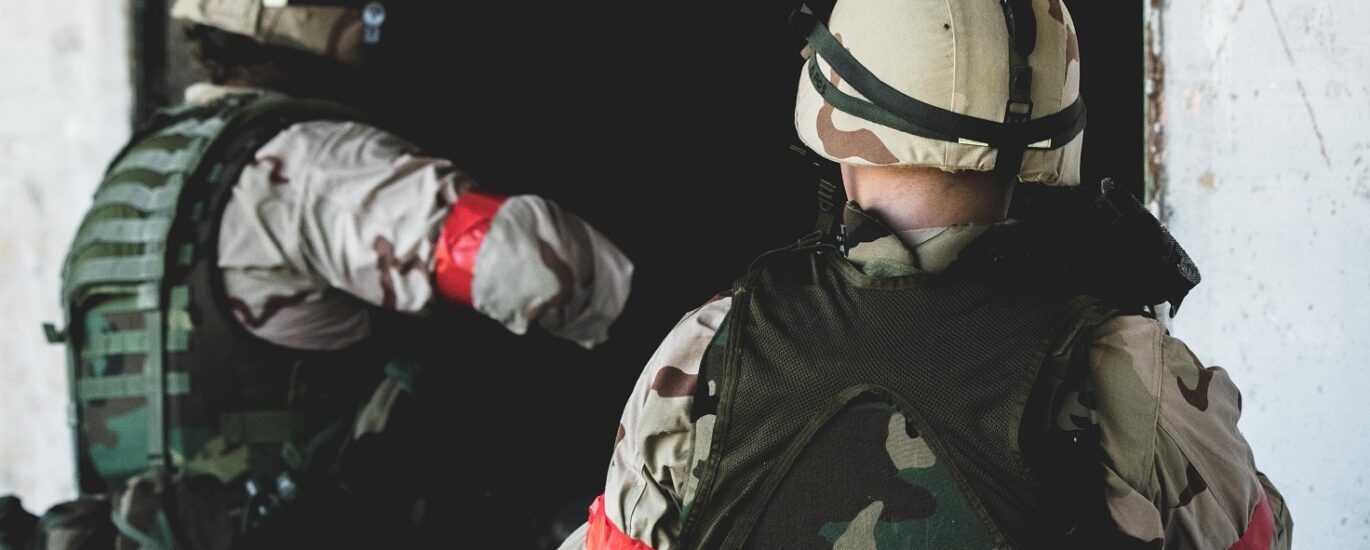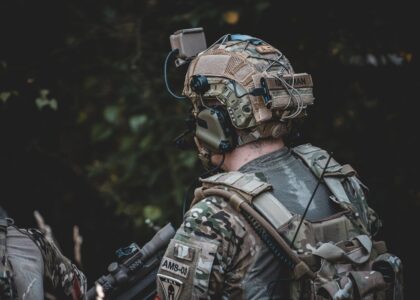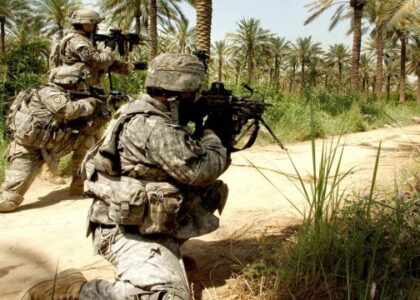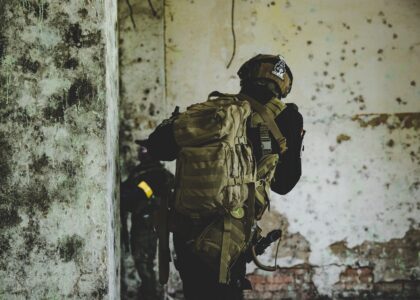If you’re in the military, law enforcement, or security industry, it’s likely that at some point you’ll need a Ballistic Shield. But how do you know which one is right for your needs? Ballistic shields come in many shapes and sizes, so choosing the right one can be a daunting task. In this guide, we’ll discuss the different types of ballistic shields available and what factors should be taken into consideration when making your purchase.
Types of Ballistic Shields
Ballistic shields can come in many shapes and sizes, and there are several varieties available depending on the purpose for which they are needed. The type of shield you choose will depend largely on what application it will be used for and what level of protection is required. Here are some of the most common types of ballistic shields:
-Standard Ballistic Shields: These are typically rectangular shaped shields that provide a basic level of protection from small arms fire. They are made from materials such as Kevlar or other high strength composites.
-Specialized Ballistic Shields: These shields offer more specialized protection than standard ballistic shields due to their unique designs. Examples include riot shields, which provide a greater level of protection against blunt force trauma; and sniper shields, which offer greater resistance against long range rifle fire.
-Tactical Ballistic Shields: These heavy duty ballistic shields offer maximum protection against small arms fire as well as explosive devices. They are often designed with additional features such as quick release systems or adjustable viewing ports to allow for easy maneuverability in hostile environments.
-Vehicle Mounted Shields: These large armored panels are designed to protect vehicles from small arms fire and explosive devices while providing additional cover for occupants during hostile situations.
Factors to Consider When Purchasing a Ballistic Shield
When purchasing a ballistic shield, there are several factors that should be taken into consideration in order to ensure that it meets your needs. This includes things like size, weight, material composition, armor rating (i.e., NIJ ratings), price, warranty/guarantee information, etc. It’s important to make sure that any shield you purchase meets all applicable standards in order to ensure its effectiveness in protecting you from harm during hostile situations or emergencies. Additionally, if you’re purchasing a vehicle mounted shield it’s also important to make sure that it is compatible with your vehicle’s existing armor system (if applicable).
Purchasing the right ballistic shield can be an intimidating task due to the sheer number of options available on today’s market. However, by taking into consideration factors such as size & weight; material composition; armor rating; price; warranty/guarantee information; and compatibility with existing armor systems (if applicable); you can rest assured knowing that whatever ballistic shield you choose will provide adequate protection during hazardous situations or emergencies no matter what job or environment you find yourself in.
For more articles, please click here.





